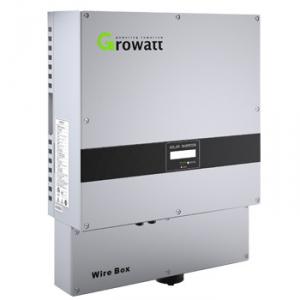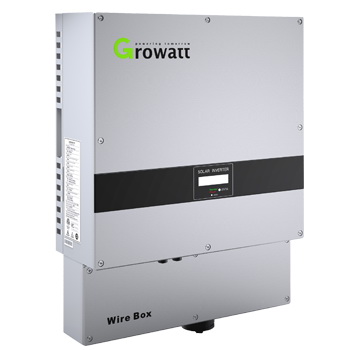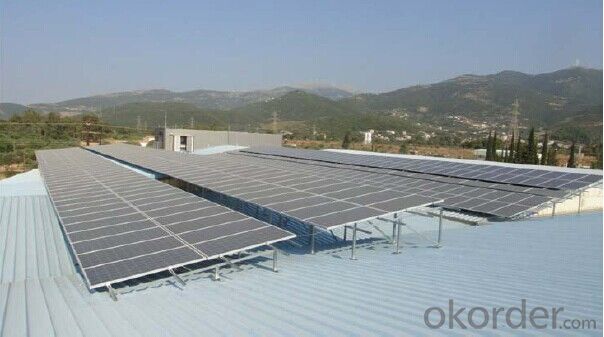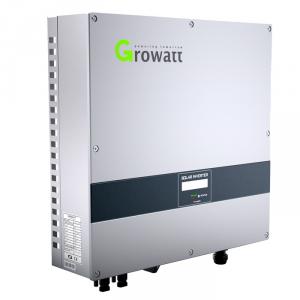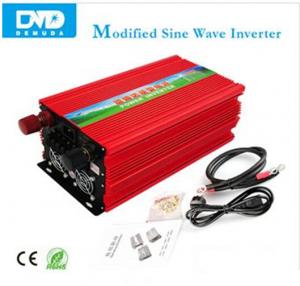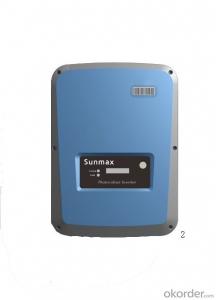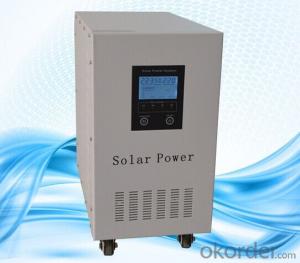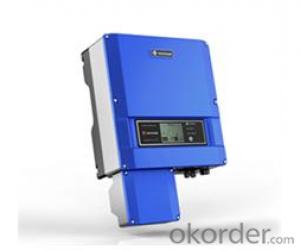High Frequency Solar Inverter 2000HF-US-3000HF-US
- Loading Port:
- Shekou
- Payment Terms:
- TT OR LC
- Min Order Qty:
- 10 watt
- Supply Capability:
- 10000 watt/month
OKorder Service Pledge
Quality Product, Order Online Tracking, Timely Delivery
OKorder Financial Service
Credit Rating, Credit Services, Credit Purchasing
You Might Also Like
High Frequency Solar Inverter 2000HF-US-3000HF-US
Specifications
>Maximum efficiency of 96% >DC switch optional
>High frequency transformer topology
>MTL-String
>Bluetooth technology
2000HF-US 2500HF-US 3000HF-US
Leading - edge Technology
>Maximum efficiency of 96% and wide input voltage range
>DC switch optional
>High frequency transformer topology
>MTL-String
>Bluetooth technology
>Sound control
>Fanless cooling concept
>Easy installation
>High reliability
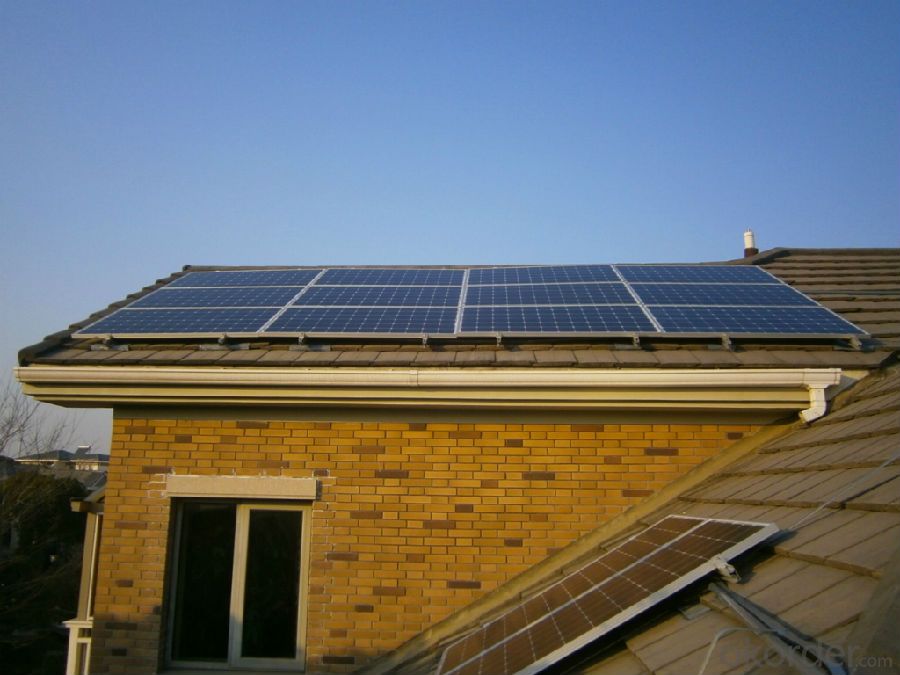
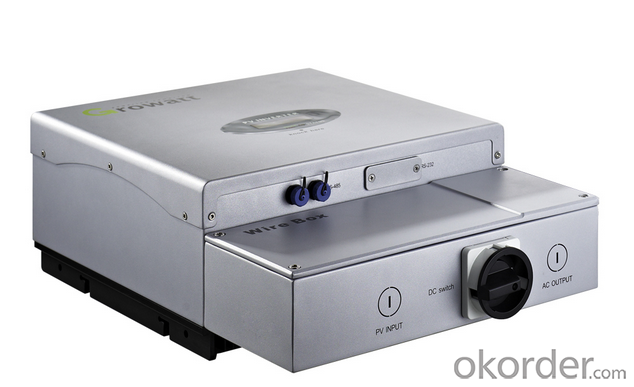
| Input data (DC side) | |||
| Model | 2000 HF-US | 2500 HF-US | 3000HF-US |
| Specifications | |||
| Input data | |||
| Max. DC power | 2200W | 2700W | 3200W |
| Max. DC voltage | 600V | 600V | 600V |
| Start voltage | 150V | 150V | 150V |
| DC nominal voltage | 370V | 370V | 370V |
| PV voltage range | 100V-600V | 100V-600V | 100V-600V |
| MPP voltage range | 195V~480V | 195V~480V | 250V-480V |
| Number of MPP trackers/strings per MPP tracker | 1/2 | 1/2 | 1/2 |
| Max. input current /per string | 12A/12A | 15A/15A | 15A/15A |
| Output (AC) | |||
| Nominal AC output power | 2000W@208Vac | ||
| 2000W@240 Vac | 2500W@208Vac | ||
| 2500W@240 Vac | 2800W@208Vac | ||
| 3000W@240Vac | |||
| Max. AC power | 2000W | 2500W | 2800W@208Vac |
| 3000W@240Vac | |||
| Nominal output current | 9.6A/8.3A | 12A/10.4A | 13.4A/12.5A |
| Max. output current | 10.7A/9.5A | 13.4A/11.8A | 15A/14.2A |
| AC nominal voltage; range | 208V/240V; 183V~228V@208Vac | ||
| 211V~264V@240Vac | 208V/240V; 183V~228V@208Vac | ||
| 211V~264V@240Vac | 208V/240V; 183V~228V@208Vac | ||
| 211V~264V@240Vac | |||
| AC grid frequency; range | 60Hz; 59.3--60.5Hz | 60Hz; 59.3--60.5Hz | 60Hz; 59.3--60.5Hz |
| Phase shift (cosφ) | >0.99 | >0.99 | >0.99 |
| THDI | <3%< td=""> | <3%< td=""> | <3%< td=""> |
| AC connection | Single phase | Single phase | Single phase |
| Efficiency | |||
| Max. efficiency | 96% | 96% | 96% |
| CEC.effciency | 95% | 95% | 95% |
| MPPT efficieny | 99.50% | 99.50% | 99.50% |
| Protection devices | |||
| DC reverse polarity protection | yes | yes | yes |
| AC short - circuit protection | yes | yes | yes |
| Ground fault monitoring | yes | yes | yes |
| Grid monitoring | yes | yes | yes |
| Integrated all - pole sensitive | |||
| leakage current monitoring unit | yes | yes | yes |
| General Data | |||
| Dimensions (W / H / D) in mm | 575/455/160 | 575/455/160 | 575/455/160 |
| Weight | 14.6KG | 15.1 KG | 15.9 KG |
| Operating temperature | |||
| range | –25°C ... +60°C | –25°C...+60 °C | –25°C ... +60°C |
| Continuous full output power | |||
| temperature range | –25°C…+45°C | –25°C…+45°C | –25°C…+45°C |
| Noise emission (typical) | ≤ 25 dB(A) | ≤ 25 dB(A) | ≤ 25 dB(A) |
| Altitude | Up to 2000m without power derating | ||
| Consumption: operating | |||
| (standby) / night | <5W / < 0.5 W | <5W / < 0.5 W | <5 W / < 0.5 W |
| Topology | HF transformer | HF transformer | HF transformer |
| Cooling concept | No fan | No fan | No fan |
| ENCLOSURE | Type 3R | Type 3R | Type 3R |
| Installation: Indoors /Outdoors | yes /yes | yes /yes | yes /yes |
| Features | |||
| DC connection: Terminals | yes | yes | yes |
| AC connection: Terminals | yes | yes | yes |
| LCD display | yes | yes | yes |
| Interfaces: Bluetooth / | |||
| RS485/RS232 | opt/yes/yes | opt/yes/yes | opt/yes/yes |
| Warranty: 10 years / 15 years | yes /opt | yes /opt | yes /opt |
| Certificates and approvals | UI1741,IEEE1547,CSA C22.2 No.107.1, | ||
| FCC Part15(Class B) | |||
- Q: Can a solar inverter be used with a solar-powered lighting system?
- Yes, a solar inverter can be used with a solar-powered lighting system. The solar inverter is responsible for converting the direct current (DC) generated by the solar panels into alternating current (AC) that can be used to power the lighting system. It ensures efficient energy conversion and ensures compatibility between the solar panels and lighting system.
- Q: Can a solar inverter be used with a solar-powered agriculture system?
- Yes, a solar inverter can be used with a solar-powered agriculture system. A solar inverter is an essential component that converts the direct current (DC) electricity generated by solar panels into alternating current (AC) electricity, which is compatible with most electrical appliances and equipment. In the context of a solar-powered agriculture system, a solar inverter would be necessary to convert the electricity produced by the solar panels into the appropriate form for powering agricultural machinery, irrigation systems, or any other electrical needs on the farm.
- Q: How efficient are solar inverters?
- Solar inverters are highly efficient, with most modern models achieving efficiency levels of 95% or higher. This means that they can convert a significant amount of the DC power generated by solar panels into usable AC power for homes and businesses, minimizing energy losses and maximizing the overall efficiency of the solar system.
- Q: How do you choose the right size solar inverter for a specific solar power system?
- To ensure optimal performance and efficiency of your solar power system, careful consideration of various factors is necessary when selecting the appropriate size solar inverter. Follow these steps to make the right choice: 1. Calculate your solar power system's total capacity: Begin by determining the combined wattage of all your solar panels. This information can typically be found in the product specifications or obtained from your solar panel manufacturer. 2. Evaluate your average energy consumption: Assess your typical energy consumption to determine the size of the solar inverter required to meet your needs. Take into account peak power usage and potential future increases in energy demands. 3. Match the inverter's capacity with your system's: Ensure that the solar inverter's capacity is equal to or slightly higher than your system's total capacity to achieve optimal performance. 4. Consider the inverter's efficiency: Seek out an inverter with high efficiency ratings. A higher efficiency rating means it can convert a larger percentage of solar energy into usable electricity, minimizing power losses. 5. Select the appropriate inverter type: Decide which type of solar inverter is suitable for your system. The three main types are string inverters, microinverters, and power optimizers. String inverters are the most common and cost-effective choice for small to medium-sized systems, while microinverters and power optimizers are better suited for complex installations or systems with shading issues. 6. Assess additional features: Take into account any additional features offered by the solar inverter. Look for features like monitoring capabilities, grid integration capabilities, and built-in safety features such as arc fault protection or rapid shutdown. 7. Seek professional advice: If you are uncertain about selecting the right size solar inverter for your specific solar power system, consulting a professional solar installer or electrical engineer is advisable. They can help assess your energy needs, system requirements, and provide expert guidance in choosing the appropriate inverter size. Remember, making an informed decision when choosing the right size solar inverter is crucial for your system's overall performance and efficiency. Take the time to evaluate your system's requirements and seek expert advice to ensure the best outcome.
- Q: How does MPPT improve the performance of a solar inverter?
- MPPT (Maximum Power Point Tracking) improves the performance of a solar inverter by optimizing the power generated from the solar panels. It continuously adjusts the operating voltage and current to ensure that the solar panels are operating at their maximum power point, which is the point where they generate the most power. This allows the solar inverter to convert the maximum amount of solar energy into usable electricity, resulting in increased efficiency and improved overall performance.
- Q: What are the different power output modes of a solar inverter?
- The different power output modes of a solar inverter include grid-tie mode, off-grid mode, and hybrid mode. In grid-tie mode, the inverter synchronizes with the utility grid and feeds excess solar power back to the grid. Off-grid mode allows the inverter to operate independently from the grid, providing power to a standalone system or battery storage. Hybrid mode combines both grid-tie and off-grid capabilities, enabling the inverter to utilize solar power while still being connected to the grid for backup or additional power supply.
- Q: Can a solar inverter be connected to a smart home or monitoring system?
- Yes, a solar inverter can be connected to a smart home or monitoring system. Many modern solar inverters have built-in communication capabilities, such as Wi-Fi or Ethernet connectivity, which allows them to connect to a smart home or monitoring system. This enables users to monitor and control their solar power generation and energy consumption remotely, receive real-time data and alerts, and optimize their energy usage for maximum efficiency.
- Q: Are solar inverters compatible with battery storage systems?
- Yes, solar inverters are compatible with battery storage systems. In fact, solar inverters play a crucial role in integrating battery storage with solar power systems. Solar inverters convert the direct current (DC) electricity generated by the solar panels into alternating current (AC) electricity that can be used to power our homes and businesses. Battery storage systems, on the other hand, store excess solar energy for later use, allowing us to use solar power even when the sun is not shining. When combined with solar inverters, battery storage systems can be charged using the excess energy generated by the solar panels during the day, and then discharge that stored energy during the night or during periods of high energy demand. To facilitate compatibility, solar inverters used in battery storage systems are equipped with additional features and functionalities. For example, they may have built-in charge controllers that regulate the charging and discharging of the batteries, ensuring their optimal performance and longevity. Additionally, advanced inverters may also include smart grid capabilities, allowing them to communicate with the utility grid and optimize energy flows based on grid conditions and electricity prices. Overall, solar inverters are essential components in ensuring the seamless integration of battery storage systems with solar power, enabling us to maximize the benefits of clean and sustainable energy.
- Q: What is the maximum efficiency of a solar inverter?
- The maximum efficiency of a solar inverter refers to the highest level of energy conversion achieved by the inverter, typically expressed as a percentage. It represents the amount of solar energy that is successfully converted into usable electricity by the inverter. The maximum efficiency can vary depending on the specific model and technology used, but modern solar inverters can typically achieve efficiencies ranging from 95% to 98%.
- Q: Can a solar inverter be used with a solar-powered waste management system?
- Yes, a solar inverter can be used with a solar-powered waste management system. A solar inverter is responsible for converting the direct current (DC) electricity produced by solar panels into alternating current (AC) electricity that can be used by electrical appliances and systems. In the case of a solar-powered waste management system, the solar inverter would convert the DC electricity generated by the solar panels into AC electricity, which can then power the various components of the waste management system such as motors, sensors, and controls. This ensures that the waste management system operates efficiently and effectively using renewable solar energy.
Send your message to us
High Frequency Solar Inverter 2000HF-US-3000HF-US
- Loading Port:
- Shekou
- Payment Terms:
- TT OR LC
- Min Order Qty:
- 10 watt
- Supply Capability:
- 10000 watt/month
OKorder Service Pledge
Quality Product, Order Online Tracking, Timely Delivery
OKorder Financial Service
Credit Rating, Credit Services, Credit Purchasing
Similar products
Hot products
Hot Searches
Related keywords
